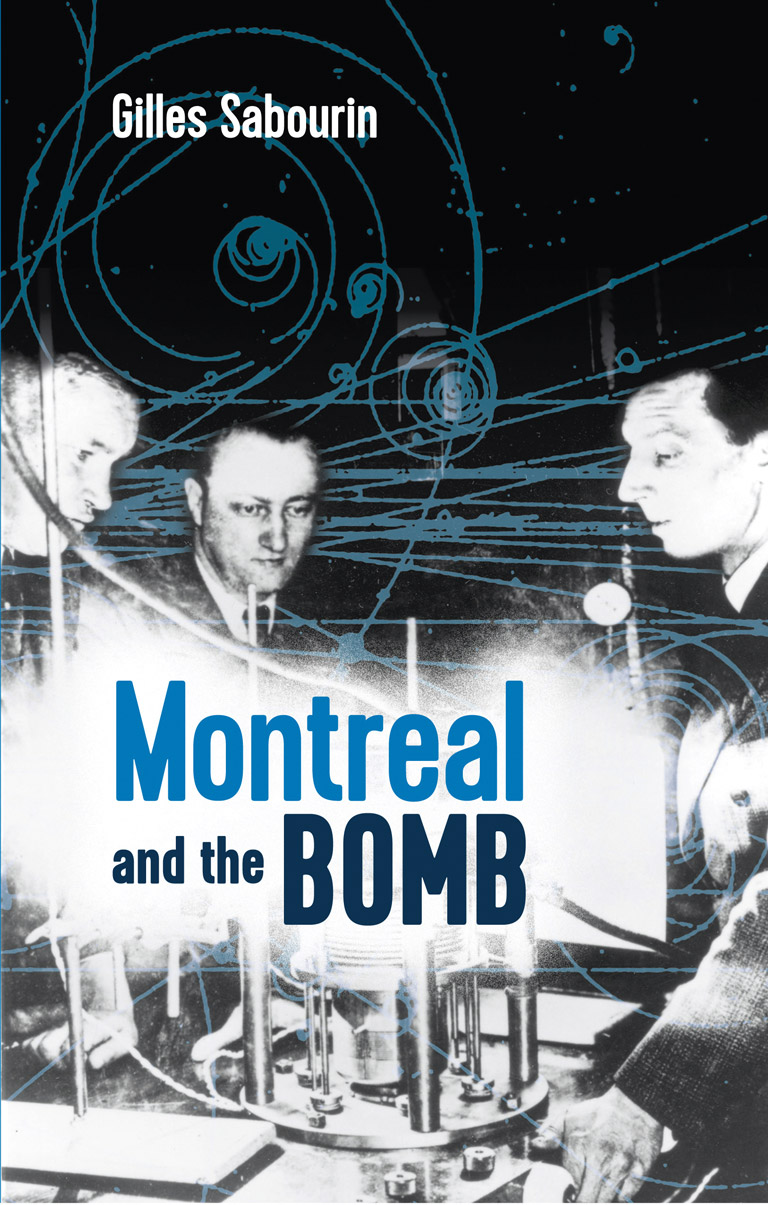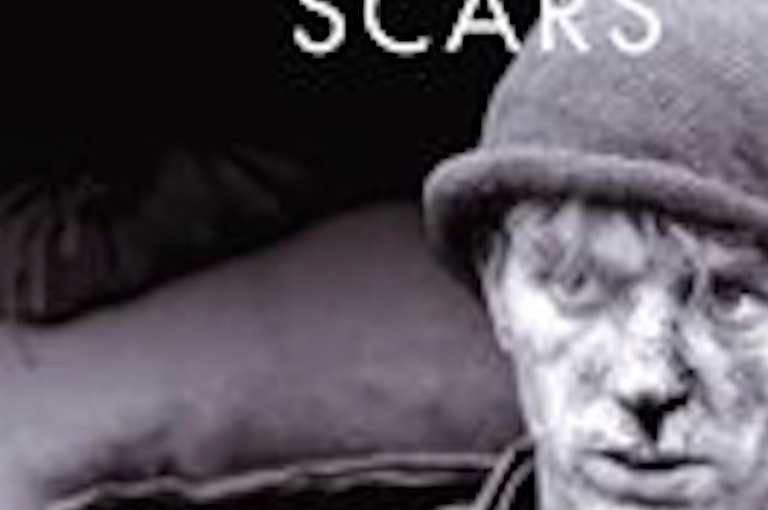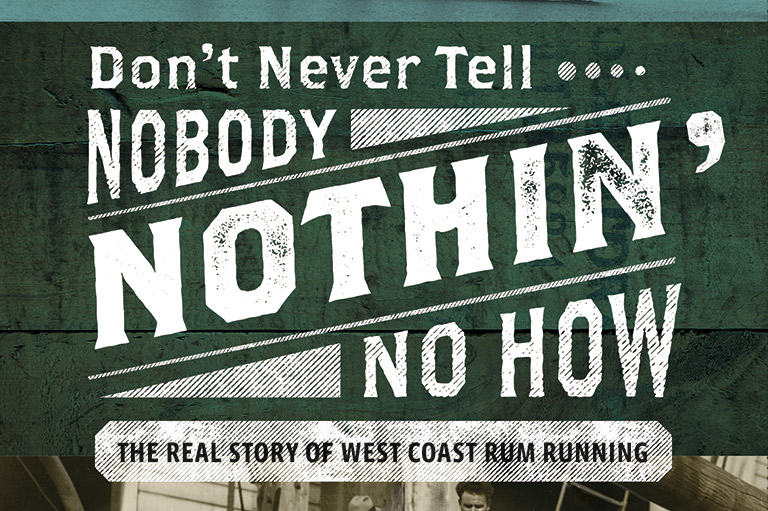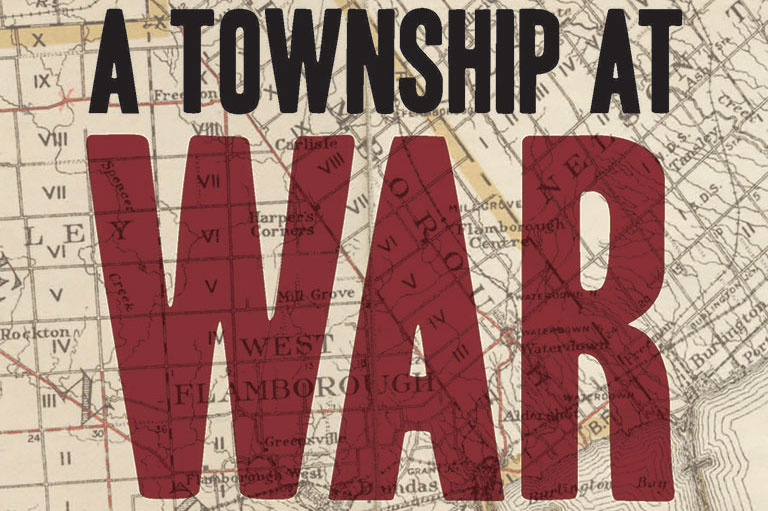Montreal and the Bomb

Montreal and the Bomb
by Gilles Sabourin
Baraka Books
208 pages, $29.95
Most people have heard of the Manhattan Project, the Second World War American research endeavour aimed at building the world’s first nuclear bomb. But few may know of the parallel efforts that took place in Canada at the same time. In Montreal and the Bomb, author Gilles Sabourin describes the work, lives, conflicts, discoveries, and intrigues of the unlikely team of scientists — mainly European emigrés, bolstered by some local Canadian recruits — who assembled in the newly built Montreal Laboratory of the Université de Montréal in 1942 to attempt to unlock the secrets of nuclear fission.
Sabourin, a nuclear engineer who specializes in power-plant safety, has a deep understanding of the scientific aspects of his subject matter. To fill in the human aspect, he tracked down and interviewed some of the surviving members of the Montreal Laboratory, including chemist Alma Chackett and computer Joan Wilkie-Heal (one of the people who performed the complex calculations required for the project). He also spoke with dozens of descendants of the laboratory’s scientists, who shared precious documents and photographs, including the diary of the laboratory’s first director, Hans Halban. Rounding it all out with archival research in Britain and Canada, Sabourin spent a total of fifteen years bringing together the material to write this fascinating and informative book.
The story interweaves several threads, as it recounts the events taking place in Montreal while war raged across the ocean in Europe. On the scientific front, Sabourin describes the difficulties involved in procuring and handling the rare and dangerous radioactive elements that the physicists, chemists, engineers, and mathematicians at the Montreal Laboratory required for their experiments aimed at understanding the nature of the atom. His book takes us deep into the labs where the scientists probed the secrets of uranium-235 and plutonium-239, seeking, at first, to build a bomb and later to harness nuclear energy for peaceful power generation.
In one early example of scientific derring- do, Sabourin recounts how Halban, prior to coming to Canada, was forced to flee France ahead of the invading German forces. The scientist, who at the time was working at the Curie Institute in Paris, was instructed by the French government to smuggle the country’s entire supply of 185 kilograms of heavy water, used in nuclear reactions, to safety with him across the English Channel. But, when Halban and French Army Lieutenant Jacques Allier attempted to retrieve the barrels of heavy water, which had been hidden from the Nazis in a prison in Riom, France, the prison guard refused to hand them over. “Allier had to threaten the man with a drawn revolver before he would give them up,” Sabourin recounts.
On the human front, the book describes the power struggles, personal conflicts, and, sometimes, love affairs that roiled the laboratory and formed an emotional undercurrent to the participants’ scientific work. Finally, on the political front, Sabourin delves into the tensions that existed among the Allied nations — the United States, Great Britain, France, and the Soviet Union — as they sought to work together to defeat their common enemies yet also competed with each other in the race to develop nuclear weapons. In the chapter entitled “A Den of Espionage,” Sabourin describes how the British physicist and Communist sympathizer Alan Nunn May used his position at the Montreal Laboratory to pass on nuclear secrets to the Russians.
This book will appeal to readers interested in the history of science and to those fascinated by the politics of the Second World War and the Cold War that followed it.
With 7 uniquely curated newsletters to choose from, we have something for everyone.
Themes associated with this article
Advertisement




